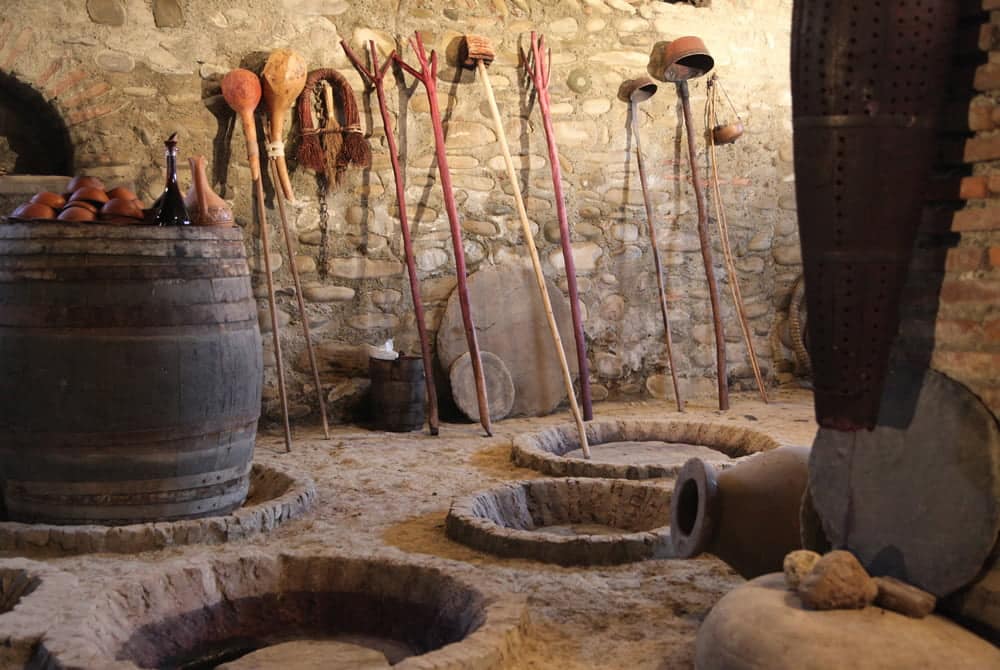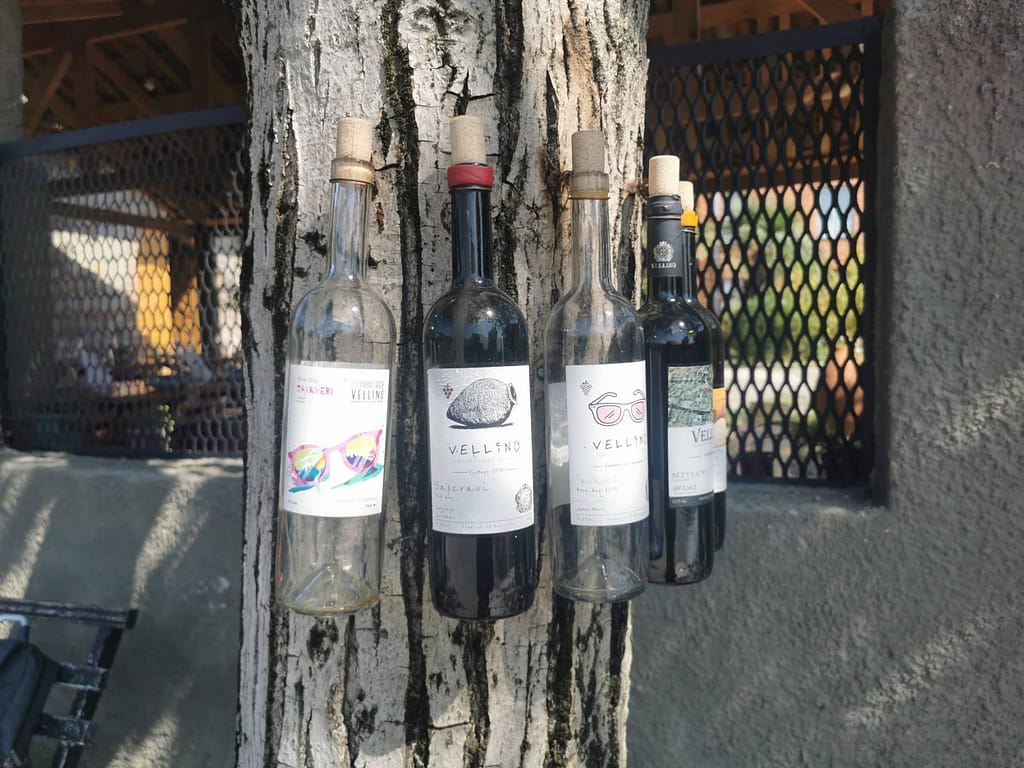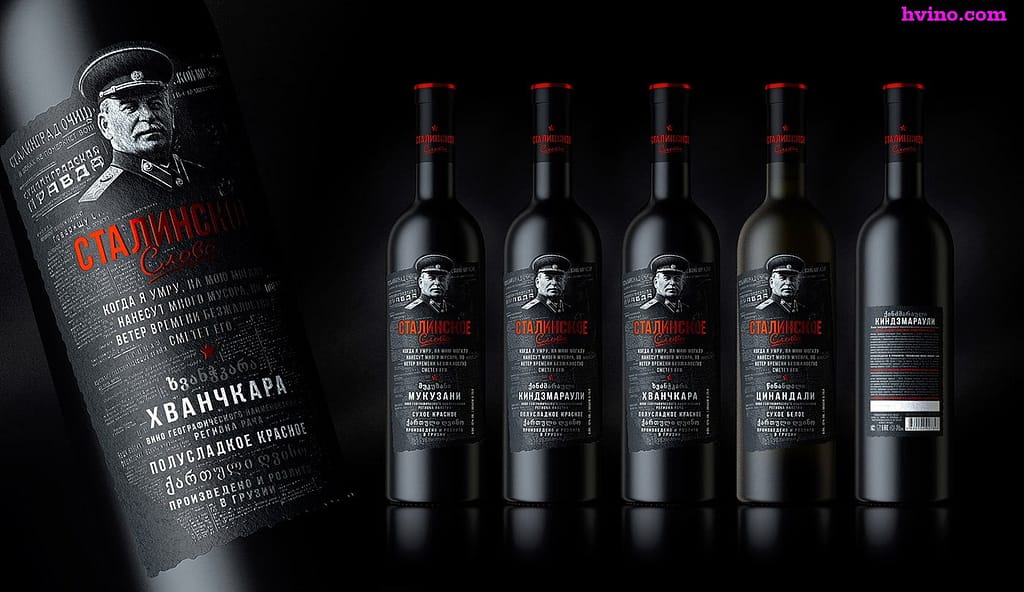We have prepared a literature review about one of the oldest drinks – wine. In this article, we will look specifically at the chemical composition of red wine. Special attention is paid to red grape wine, which contains many different useful substances, and the most valuable in its composition are vitamins, trace elements and antioxidants. Red wine has a complex chemical composition containing more than 1000 compounds. The entire arsenal of modern analytical methods is used to analyze wine: molecular spectroscopy, mass spectrometry, inductively coupled plasma mass spectrometry, atomic absorption spectroscopy, NMR, electrochemical methods, capillary electrophoresis, etc.
The general composition of wine: water – 86%, ethanol – 12%, glycerin – 1%; organic acids – 0.4%, polyphenolic compounds and tannins – 0.1%, other compounds – 0.5%.
In total, more than 10 thousand grape varieties are known in the world. 75 million are grown and harvested annually. tons, 70% is processed into wine, 27% is consumed fresh, 2% is dried. 9 million is generated in wine production. tons of waste containing useful polyphenolic compounds, so various processing technologies have been developed in recent years. Glass bottle stoppers are made from balsa wood from Portugal (52%), Spain (29%) and Italy. Wine consumption is growing in China, Brazil, Argentina and Egypt. The most useful compounds in red wine are polyphenols – antioxidants: flavonoids, phenolic acids, stilbenes, lignans, etc. Especially valuable: resveratrol, melatonin, hydroxytyrosol, aspirin, vitamins.
Unlike white wine, red wine uses grape skins and seeds, so it contains 10 times more polyphenols. There are practically no flavonols in white wine.
The content of anthocyanins and proanthocyanidins in red wines is also significantly higher than in white wines (USDA Database for the flavonoid content of selected Foods, 2003).

The color of the wine depends on the grape variety and the ripening time. Young wine has a purple hue, medium-aged wine has a brick red color, and old wine has a burgundy, brown or dark purple color.
In recent years, Israeli winemakers have proven that adding grape skins and grains to the fermentation process of white wine increases its antioxidant activity several times. Chromatography-mass spectrometry has identified more than 100 polyphenolic compounds in red wines, including flavonoids and non-flavonoid polyphenols. The high content of polyphenolic compounds in red wines is associated with the fact that the skins of berries and grape grains are included in the fermentation process of grape juice. Grape skins are especially rich in polyphenolic compounds. Many polyphenols are water-soluble, while others can only be extracted with water-alcohol mixtures.
High levels of antioxidants have been found in all red wine grapes.
Effects of moderate consumption of red wine on human health.
Red wine has been consumed by humans for several millennia and is the oldest drink. Throughout human history, the most famous ancient doctors, philosophers and poets noted the benefits of wine for human health. Nowadays, the healing properties of wine have attracted the attention of serious scientists. This was prompted by the phenomenon of the “French paradox” in the 1980s. More than thirty years ago, about 800,000 sudden deaths of men aged 40-65 from cardiovascular diseases were recorded in the United States every year. To combat this evil, a special program was adopted and recommendations were prepared for risk groups: not to eat fatty food, not to smoke, to increase physical activity, etc.
Over 30 years, the program halved the number of deaths, but did not continue to decline. Doctors in the US began to study the situation in other countries and noticed that the death rate from cardiovascular diseases in France is half that of the United States, even though the French eat fatty foods and smoke more. The French attributed this paradox to the constant consumption of red wine, which contains many natural antioxidants that benefit the heart.
In recent years, dozens of reviews have been published on the positive effects of moderate consumption of red wine on human health, especially in the prevention of cardiovascular diseases. Red wine helps normalize blood pressure and reduces the oxidation of low-density lipoproteins. Moderate consumption of red wine reduces the risk of cancer, type 2 diabetes and neurodegenerative diseases (Alzheimer’s and Parkinson’s). A list of other diseases whose risk is reduced by drinking red wine is given in the table.
In the USA, a safe rate of red wine consumption has been established: 150 ml for women, 300 ml for men per day (12 and 24 g of ethanol, respectively). Non-alcoholic extracts from wine, skins and red grape seeds are recommended for patients who are prohibited from drinking alcohol. In addition, non-alcoholic and non-alcoholic wines are produced.
GEORGIAN WINE AND ITS UNIQUE PROPERTIES
Georgia is the most advanced country in wine production. The hobby of fermenting wine in large clay barrels (qvevri) is a technique that some of the world’s most influential winemakers are now using, but it has been practiced in Georgia for centuries.
In Georgia, wine is both an economic asset and a source of identity and national pride. You’ll find it everywhere: in designer glassware and homemade pitchers at formal receptions and casual gatherings; among the vine carvings that adorn the 4th-century Georgian tomb of Saint Nino. Grape juice is used to make the world-loved walnut treats and the strong alcoholic drink – chacha.
According to the national trade agency Wines of Georgia, there are nearly 2,000 registered commercial operations, bottling 175 million bottles a year. liters of wine. And yet this is hardly the whole story of modern Georgian wine. Many private residents also grow grapes in their backyard on purpose-built fences to make wine for their family and guests, adding living totems to the modern landscape and preserving the historical heritage.
Geography
Bordered by Turkey, Armenia and Azerbaijan, the Black Sea coast forms Georgia’s western border, while the snow-capped peaks of the Caucasus Mountains border its northern perimeter with Russia.
The altitude and proximity of different bodies of water create different climatic conditions. The western coastal region has humidity, coastal winds and very little frost, while the northwest highlands have long and cold winters. The Likhi Range, an inner branch of the Caucasus Mountains, divides Georgia from north to south. This helps create an almost tropical climate in the eastern part of the country, Kakheti, where most of the commercial wine is produced.
Viticulture takes place in a variety of soils. Most are clay, sand, or a combination of the two, but wine grapes are also grown on alluvial, slate, volcanic, and limestone soils.
Many Georgians proudly refer to their country as the birthplace of wine or the “cradle of wine” and say it has created the foundation for winemakers around the world.
“Situated in the Caucasus between East and West and in the Silk Road area, Georgia has naturally been influenced by its neighbors,” says Nana Kurdagiya, founder of Vinesoul Club. But at the same time, Georgia gave the world the gift of viticulture through the migration of people…from Western Asia to Europe.
Although modern interpretations of the story are constantly changing, a recent archaeological discovery supports this origin story. in 2017 researchers found evidence of 8,000-year-old winemaking at Gadachrili Gora, 32 kilometers south of Tbilisi.
“The people who lived at Gadachrili Gora and the nearby village were the world’s first known viticulturists, producing wine on a large scale as early as 6,000 BC. Ave. BC, at a time when prehistoric people still depended on stone and bone tools,” wrote Andrew Curry in National magazine.

GEORGIANS PROUDLY CALL THEIR COUNTRY THE “CRADLE OF WINE”
Throughout the following millennia, wine has been a vehicle of cultural expression and resistance in Georgia. For example, in the Meskhetia region at the beginning of the 18th century, “growing vines and making wine were forbidden during the Ottoman rule, and the locals planted vines in the forest for later discovery,” Kholodilina said in a statement.
Between 1922 and 1991, when Georgia was part of the Soviet Union, wine production was industrialized, family plots came under government control and, according to some sources, 500 indigenous Georgian grape varieties were eradicated in one region.
Still, says Kholodilina, people have found ways to honor their distinct Georgian identity with wine.
“Even in the Soviet era, when everything was considered state property, people made a little wine to get something different from the average state production. Maranis, or individual wine cellars, in private homes “were considered a sacred place and sometimes used to baptize children in secret,” she says.
in 1991 after the collapse of the Soviet Union, many Georgians were eager to grow local grapes and vines and continue heritage winemaking practices.

Georgian red wine
First of all, it should be noted that there is no such term as “black wine”. However, there is a wine that by all indications is dark purple or brown. The color is very rich, thick and therefore the wine itself really looks much darker.
This wine is produced in Georgia. It uses black grape varieties, which are very abundant in this country. And the wines that are obtained from these varieties are considered expensive, one might say, purebred. In Georgia they are called shavi-gvino. Not every grape is suitable for making such a wine. They choose red wine with special frugality, anxiety and attention. Well, for comparison: white wine uses whole grapes, while black wine is made with only selected grapes, usually by hand.
Most of the “black wines” are produced in Kakheti, the largest wine-producing region of Georgia. They are easy to recognize not only by their dark color, but also by their viscosity, as these wines are very thick. By the way, in Georgia, it is customary to serve this drink to women, and they drink it in small sips and in equally small quantities. These wines are served at room temperature.
It must be said that such a wine is just ideal for a Georgian table: there is no better combination than red wine and Georgian cuisine with plenty of spices, lots of meat and generally not the easiest dishes for the stomach. By the way, the famous Georgian wine Mukuzani is also very dark. So it can also be classified as a red wine. Very sticky, tight. A serious wine is an enveloping wine that admires its viscosity. Also perfect with meat and spicy dishes.
It can be said that there is nowhere else such richly enriched wines as in Georgia.
More locations
Travelers want to see more reviews of these places.
ENERGY THERAPY – FOR WOMEN HEALTH
1
Hotels
1
Meals
14
Activities
497 €
Group exclusive offers
0
Hotels
3
Meals
10
Activities
157 €
7-day introductory trip to Georgia and Armenia
6
Hotels
9
Meals
21
Activities
580 €
Share your travel experiences with others.